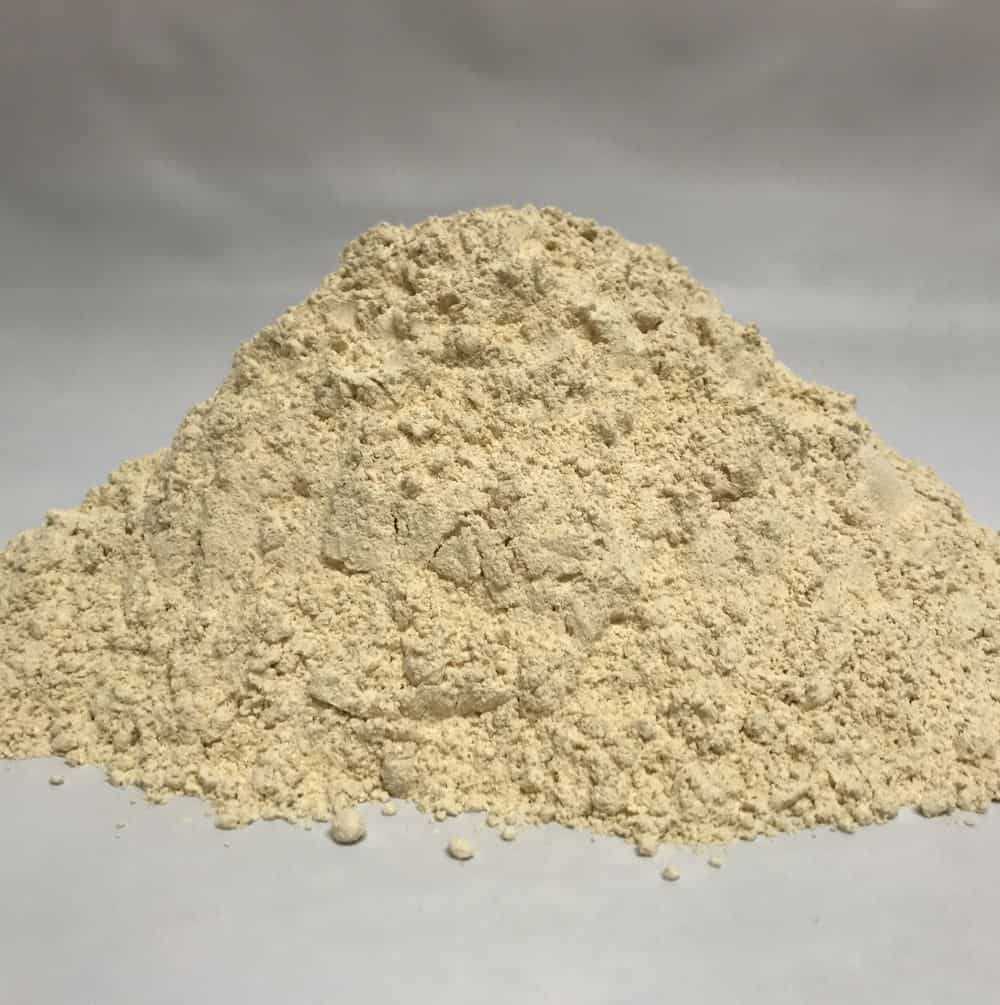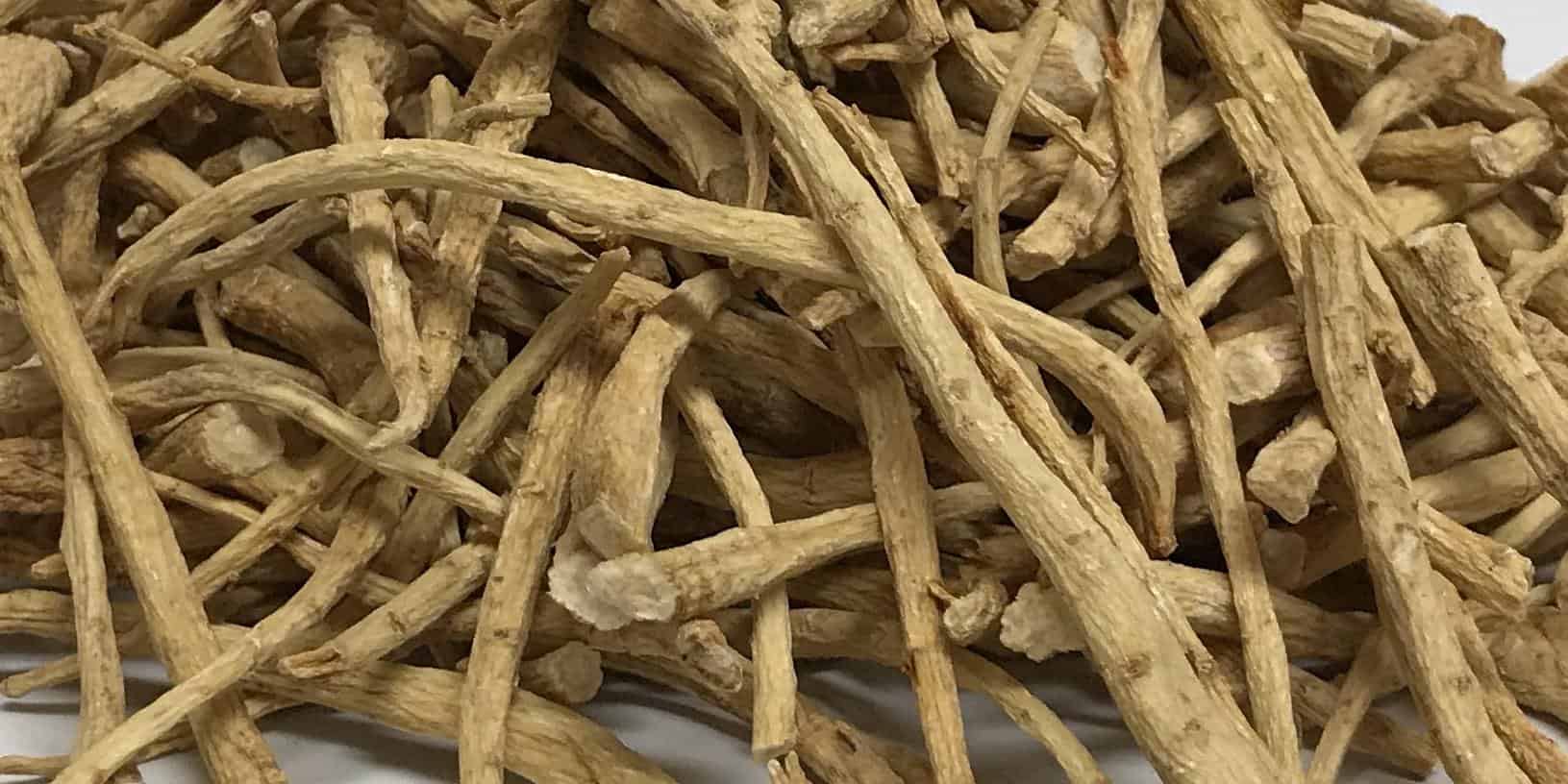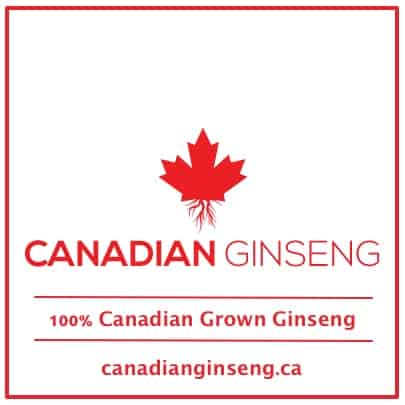Ginseng: What you Should Know About this Sacred Root Plant
For centuries ginseng has maintained a prominent position as a herbal medicine and health remedy.
The citizens and great cultures of Asia, Europe, and America have continued to benefit from the herbal and medicinal properties of this sacred root plant called ginseng.
Different varieties of ginseng are grown and harvested from these various regions, each variation of this root plant come with their similarities as well as distinct differences.
As such, ginseng is used in a variety of ways for different purposes, mainly in the prevention and treatment of a variety of ailments… Most notably stress reduction.

History of Ginseng
The initial use of ginseng has been traced back to the Chinese and you know what? They still make use of this root plant on a daily basis. How’s THAT for consistency?
Chinese Ginseng Use
The Chinese use ginseng as a herb for warmth as it is believed to stimulate body functions and also boost energy. It is also used in boosting sexual desire and potency.
Being that its shape is similar to human form, the Chinese name is a combination of the Chinese words for “plant” and “man.” Its Greek name is Panax which means “cure all” or “all healing”, this certainly sounds like the type of root plant that I want to enjoy more of…
The North American ginseng industry has healthy ‘roots’ on the continent, seeing as how it got it’s start well before Confederation! See the history here:
https://www.canadianginseng.ca/history-of-ginseng/
Geographic Ginseng Locations
Korean ginseng is found in Korean Peninsula, Russian Far East, and Northeast China while American ginseng is found in Canada and some parts of the United States.
They are mostly found growing in the wild in cooler climates, even though there are some species that thrive in warm regions.
Nowadays, ginseng is mostly cultivated or farmed, whereas in the past, wild ginseng, which was found in abundance in the above mentioned regions, was enjoyed more ‘naturally’ throughout history.

The Various Types of Ginseng
As already pointed out earlier, ginseng can be found mostly in Asia, Europe, and America (that pretty much means the whole world, no?).
Listed below are the different types of ginseng and their various healing properties.
They are as follows:
- Oriental Ginseng: This particular ginseng comes in two variations – the White ginseng and Red ginseng and is also known as Korean ginseng. It originates from Korea and China and is more popular in Chinese medicine. Red ginseng is the most sought after among the varied species of ginseng. This stems from the fact that it is considered to contain the best medicinal properties. It is originally uprooted as White ginseng but after it is steamed for up to 10 hours and left to dry, it turns red. Korean ginseng is known to regulate metabolism and boost the body’s cells with its warming properties (great for those long winter nights!).
- American Ginseng: This name simply refers to the species, not the region of growth. It is native to Southern Ontario, Wisconsin, and Eastern North America (Norfolk County in Ontario is home to one of the original ginseng companies in North America, learn about their ginseng products here). Unlike the warm Asian variety, American ginseng has cooling properties and is used mainly in boosting energy and cellular health. It keeps tiredness and fatigue at bay (Sounds like what I need right about now!). I like to take American ginseng as a daily supplement.
- Brazilian Ginseng: Although it does not have the full properties of ginseng, this dried plant root is native to South America and was introduced into Brazil as ginseng since it also has similar nutritional properties. Apart from giving relief from stress, it is also used as an aphrodisiac (now we’re talking!).
- Indian Ginseng: Also known as Ashwagandha, Indian ginseng is very popular among Ayurvedic medicine practitioners. It is highly revered because of its high level of antioxidant content. Even though it is not considered as the real ginseng, Ashwagandha offers its users a huge variety of health benefits.
- Siberian Ginseng: Just like the Indian ginseng, this variant contains a lot of medicinal properties, but it is not seen as a true ginseng root plant. More so, it is rated as the least potent among all the ginseng variants. It is known for providing sustained energy, and is mostly recommended for those struggling with metabolic stress.

Benefits of Ginseng
There’s a ton of information out there on the many benefits of ginseng, here’s the short and sweet bullet point version to help get that information funnelled into your brain!
- Improved mental performance: Studies have shown that the use of ginseng helps in providing improved mental performance, especially when it comes to learning and memorizing. It also works great for those suffering from depression.
- Anti-fatigue and anti-stress: For those who are struggling with chronic fatigue, consumption of ginseng is known to significantly improve their endurance levels as it helps them to be stronger physically.
- Lower blood sugar: Several studies have shown that ginseng is very effective in the treatment of diabetes as it is known to help lower blood sugar level. It does this by facilitating the release of insulin from the patient’s pancreas and also, increases the number of insulin receptors in the person’s body.
- Cholesterol control: With the use of ginseng, especially Korean ginseng, there is total cholesterol reduction and at the same time, it helps boost the levels of good cholesterol in the user’s body.
- Antioxidant: Ginseng acts as antioxidant and its antioxidant properties are compared to those found in Vitamins A, C, and E. it is mostly effective in countering the effects of pollution, aging, and radiation.

Caution in the use of Ginseng
It is a good thing you have come to know about the good things that can come out of ginseng and you believe the right thing to do is to purchase some of this fine natural product.
That would be a good idea but before you head out, you need to understand a few things. First, there are multiple variants of ginseng and are used for different purposes. For this reason, you should be able to determine what your medicinal needs are and which of the variants would work best for you.
Secondly, just like any other supplements, the use of ginseng comes with its attendant side effects which could get worse if large doses are consumed or the root is inappropriately used. For these reasons, caution should be exercised in the purchase and consumption of ginseng.

Always Take Care, Folks
There are various ways of using ginseng which include brewing sliced roots in a tea pot for approximately one hour and sweetening to taste before consumption. Bits and pieces of the roots can also be added to liquid-based dishes, including soups. On the other hand, they can be dried and ground into powder which can then be consumed directly by placing it under the tongue or added to meals.
Always make sure that you purchase ginseng from reputable sources. This is especially because some stores may try to sell Siberian ginseng, which is less potent, in substitution of American or Oriental ginseng.
Should you experience digestive upset, irritability, fever, rashes, headache, or insomnia in the course of consuming ginseng, you should discontinue use and immediately alert your physician.
Conclusion
As far as herbal medicine is concerned, the use of ginseng in achieving relief from a variety of ailments is a practice that has been with us for ages. All you need to do is identify the ailment you are struggling with and treat yourself with the ginseng variant that suits your individual situation.
I prefer the American ginseng myself, particularly the ginseng from Ontario, Canada.

Contact Information:
Canadian Ginseng & Giftworks
461 Concession #3 Townsend, Wilsonville, ON N0E 1Z0
https://canadianginseng.ca
+1 800-862-6836
